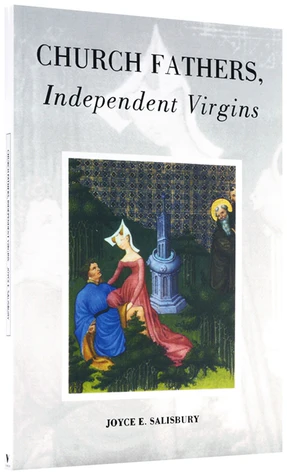
Church Fathers, Independent Virgins
Salisbury explores the relationship between Church doctrines and the position of women
This startling study of early Christian attitudes toward sexuality begins with an account of the different stances adopted by the Church—from the Early Fathers’ view that sex and the female body were irredeemably unholy, to Augustine’s contention that sex was natural, but lust was evil. While the Church Fathers struggled to reach consistent theoretical conclusions, the underlying conflation of ‘women’ with ‘sex’ meant that patristic statements on chastity, virginity and marriage effectively read as ecclesiastical law governing women’s conduct.
Joyce Salisbury explains the relationship between Church doctrine and the position of women by placing these official views alongside an ascetic tradition which resisted the constraints imposed by sexual intercourse. Through an examination of texts of female and popular authorship, and the extraordinary lives of seven women saints—including the transvestites Castissima and Pelagia—she presents a markedly different picture of sexual and social roles. For many of these women, celibacy became a form of emancipation.
Church Fathers, Independent Virgins bears witness to the entrenched power of the Church to oppress, the continuing power of women to overcome, and the enduring effects of medieval sexual attitudes.
Reviews
... wonderful accounts of female bloody-mindedness and a very accessible explanation of the Church’s growing limitation of women’s roles ... it is unusual to find a book that is both useful and fun.
The modern resistors of the feminine role can now, thanks to this lively book, take heart from the exploits of their foremothers who cocked a snook at bossy St Jerome and guilt-ridden St Augustine and invented their own routes to freedom and fulfillment.
